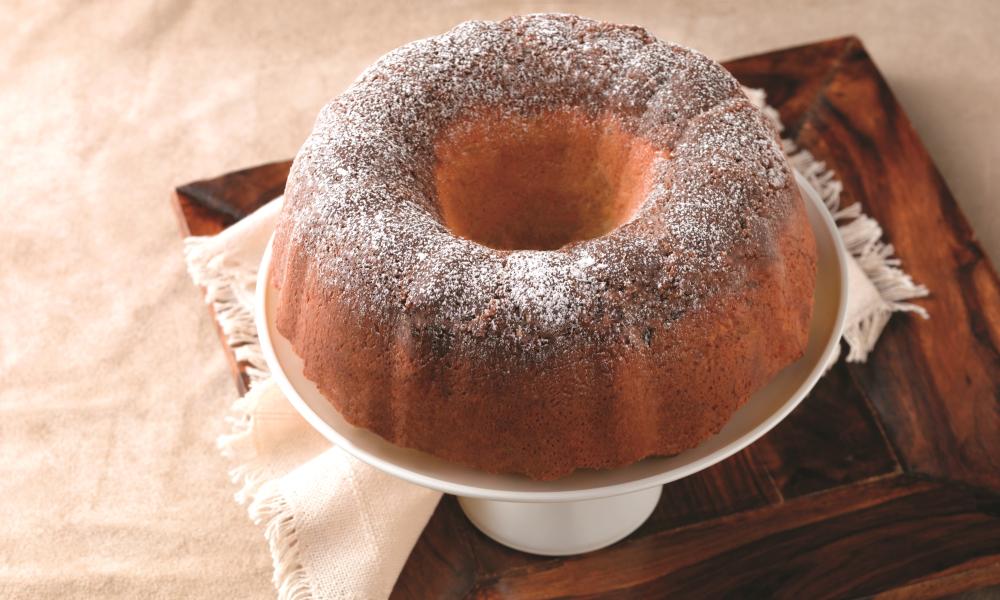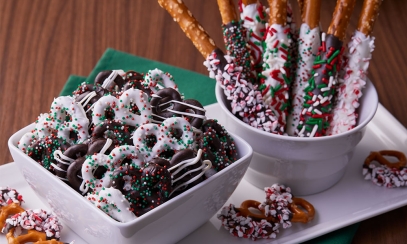
A Polish Easter
I laugh when I think back to the times my neighbor and I would take long walks together and, in passing, make a pit-stop at the local Polish bakery for a few of their delicious treats. I mean, after all, there’s nothing like rewarding ourselves with the sweet, buttery goodness of a few pastries after a vigorous calorie-burning walk.
Although the mom-and-pop bakery is known for making some of the best cakes, breads and pastries in the area, it is nothing fancy to look at inside. That is, except at Easter. At that time, its spartan, drab interior becomes transformed. The dark wood-paneling and gray cinder-block walls are festooned with pastel blue, green and yellow decorations and flags, and the countertops are lined with Easter baskets filled with beautifully painted eggs. The place truly becomes vibrant and alive at Easter.
This should come as no surprise. The Polish rightfully make Easter the most important holiday of the year. Even over Christmas. After almost 40 days of prayer and intense fasting, folks get even more serious as the day draws near. On Palm Sunday, worshipers carry pussy willows or dried sticks decorated with boxwood or wildflowers.
Palm is a bit scarce and expensive, so the Poles have their own tradition, which they refer to as Willow Sunday (or Branch Sunday). The churches really start filling up during Holy Week, with Easter Thursday and Good Friday being the most solemn and revered days, as the faithful reflect on Christ’s crucifixion.
On Holy Saturday, families bring baskets of food to their church to be blessed, a tradition many Poles hold dear to their hearts. And at last, the big day arrives …
The foods blessed the day before are part of a huge spread on top of a white tablecloth with a lamb made of sugar (or cake) as the centerpiece. Although the menu varies depending on the region and family, Polish sausage, ham, soup, hard-boiled eggs, fruits, yeast cakes and other desserts are among the several delicacies enjoyed at an Easter Sunday gathering. A more common, sweet treat, next to the lamb cake, is babka, a rich, bread-like cake. Its name means grandmother, as its fluted, Bundt-pan shape is reminiscent of a woman’s skirt. This leavened cake, which is traditionally made of sweet dough flavored with dried fruits and citrus zest, is widely popular and has taken on several different variations.
Well, being impatient and compulsive, I decided long ago not to wait until Easter every year for the local Polish bakery to make the babka. I came home after one of those walks with my friend and endeavored to make my own. Although I added a cinnamon-sugar twist to the traditional version, it was every bit as pleasing as the one in the bakery. I strongly encourage you to try it. The recipe is below and Easter is upon us. Bake away!
Cinnamon Easter Babka
Bread:
• ½ cup butter
• ½ cup sugar
• 4 eggs
• 1 teaspoon salt
• ½ teaspoon cinnamon
• ¼ cup warm water (not above 110 degrees)
• 1 packet active dry yeast
• 1 cup warm milk
• 4 cups flour
• 1 cup raisins
Topping:
• ½ cup brown sugar
• ¼ cup flour
• ¼ cup butter (room temp)
• 1½ teaspoons cinnamon
Directions:
In a medium bowl, cream the butter and sugar. Set aside. Dissolve yeast in ¼ cup warm water and set aside. In a large mixing bowl, beat the eggs, salt and cinnamon until thick and smooth. With a rubber spatula, scrape all of the butter/sugar mixture into the egg mixture and beat until well combined. Don’t over-mix – it’s OK if it appears to have a slightly curdled appearance. Add the yeast mixture and then add the milk. Slowly stir in the flour. Add the raisins and vigorously mix until a smooth, sticky, wet dough is achieved. Cover and let rise for an hour or more (or until doubled in size).
Give the dough a stir (scraping down sides of bowl) and let rise again for an hour or more (until doubled in size).
Meanwhile, make the cinnamon-sugar topping. In a small mixing bowl, combine the brown sugar, flour, butter and cinnamon; blend with a fork until crumbly. Set aside. Note, this can be made ahead of time and refrigerated.
Coat a bundt or tube pan with butter or cooking spray. Sprinkle cinnamon-sugar topping evenly into the pan. With a spatula, carefully spread the dough mixture over the cinnamon-sugar mixture.
Bake at 350 degrees for 40-50 minutes (or until toothpick comes out clean). Carefully remove from pan and allow cake to cool for 15-20 minutes on a wire rack. Top off with a light dusting of powdered sugar before serving. Enjoy!



